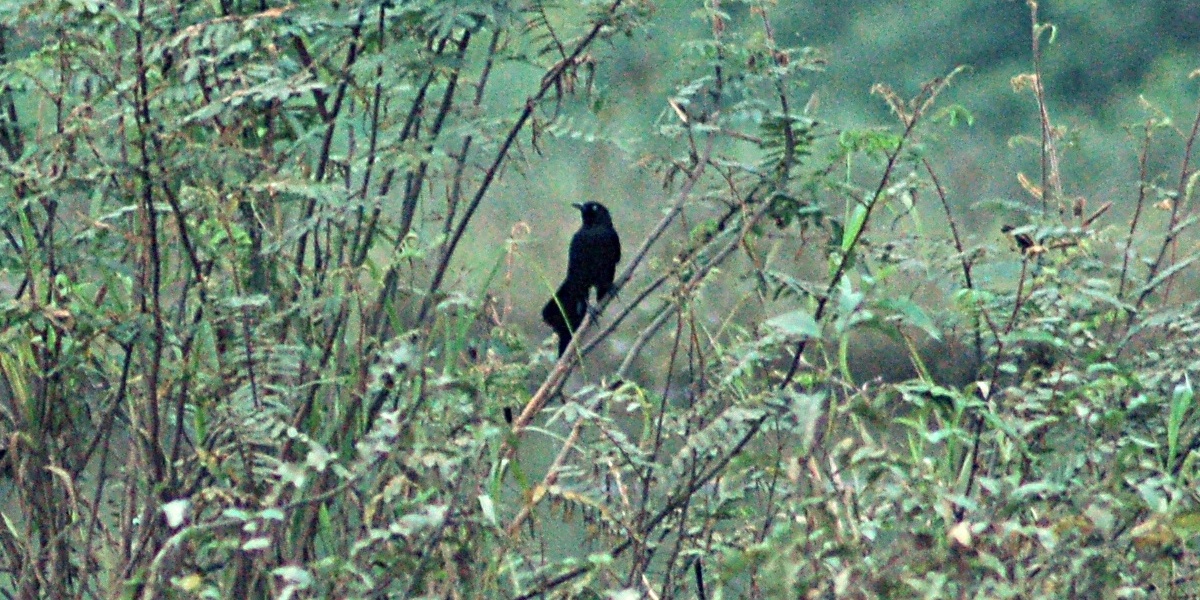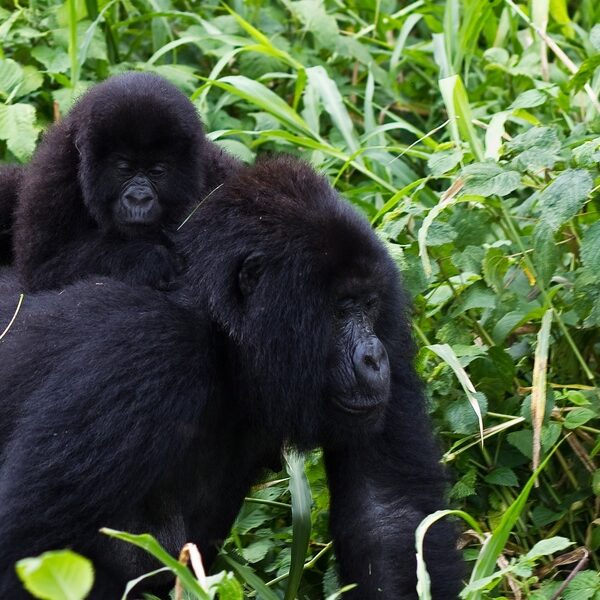Nicaragua’s landscapes—from volcanic highlands and cloud forests to freshwater lakes and Caribbean wetlands—host a surprising mix of wildlife. Many species have evolved in isolated pockets, making the country’s fauna especially interesting for naturalists and visitors alike.
There are 11 Animals Only Found in Nicaragua, ranging from Arrow Cichlid to Yellow Cichlid. For each species, you’ll find below Scientific name,Taxon,Range / habitat.
Why are certain animals found only in Nicaragua?
Endemism often comes from isolation and unique habitats: lakes, river systems, and mountain valleys can create conditions where species diverge over time. Limited ranges, specialized diets or breeding sites, and historical geography all contribute, which is why some fish or amphibians are known only from a single watershed or forest patch.
Where can I realistically see these endemic species?
Look for them in protected areas, national parks, and well-known lakes or reserve systems, often with the help of local guides or research centers. Some species are straightforward to spot in their native waters or trails, while others are rare and require permits, careful timing, or conservation-focused trips.
Animals Only Found in Nicaragua
| Common name | Scientific name | Taxon | Range / habitat |
|---|---|---|---|
| Mombacho Salamander | Bolitoglossa mombachoensis | Amphibian | Mombacho Volcano cloud forest; lives in bromeliads and under moss |
| Kilambé Rain Frog | Craugastor chingante | Amphibian | Cerro Kilambé Nature Reserve; montane cloud forests above 1,400 meters |
| Nicaraguan Anole | Anolis nicaraguensis | Reptile | Caribbean lowlands and premontane wet forests |
| Nicaraguan Galliwasp | Diploglossus nicaraguensis | Reptile | Caribbean lowland forests and plantations; hides in leaf litter |
| Little Corn Island Whiptail | Aspidoscelis dixoni | Reptile | Little Corn Island; open areas, forest edges, and beaches |
| Arrow Cichlid | Amphilophus zaliosus | Fish | Laguna de Apoyo (crater lake) |
| Astorqui’s Cichlid | Amphilophus astorquii | Fish | Laguna de Apoyo (crater lake) |
| Chancho Cichlid | Amphilophus chancho | Fish | Laguna de Apoyo (crater lake) |
| Xiloá Cichlid | Amphilophus xiloaensis | Fish | Laguna de Xiloá (crater lake) |
| Yellow Cichlid | Amphilophus amarillo | Fish | Laguna de Xiloá (crater lake) |
| Masaya Cichlid | Amphilophus masayense | Fish | Laguna de Masaya (crater lake) |
Images and Descriptions

Mombacho Salamander
A small, slender lungless salamander, around 11 cm long, with variable brown and cream coloring. It is critically endangered due to its tiny range on a single volcano, threatened by climate change and habitat disturbance.

Kilambé Rain Frog
A small brown frog discovered in 2012, living in the leaf litter of one of Nicaragua’s most remote cloud forests. Its extremely restricted range makes it highly vulnerable and it is considered critically endangered.
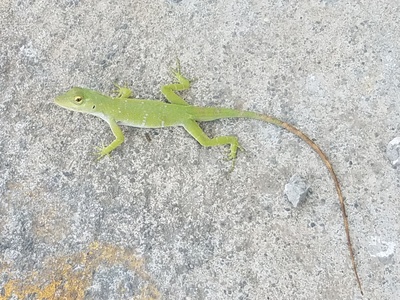
Nicaraguan Anole
A medium-sized lizard known for its vibrant green color and a large, bright yellow-orange dewlap (throat fan) that males display. It’s a classic example of Nicaragua’s unique reptile fauna, often found perched on tree trunks in humid forests.

Nicaraguan Galliwasp
A large, secretive, and snake-like lizard with smooth, glossy scales and tiny legs. Reaching over 30 cm in length, this elusive creature burrows in the forest floor. Its conservation status is uncertain due to its secretive nature.

Little Corn Island Whiptail
A small, fast-moving lizard found only on Little Corn Island. It is notable for being a unisexual, all-female species that reproduces through cloning. Its entire world is just 3 square kilometers, making it extremely vulnerable.

Arrow Cichlid
A slender, predatory cichlid with a distinctively elongated body, found nowhere else but the volcanic crater lake of Apoyo. It’s a prime example of rapid evolution, having adapted to hunt small fish in the lake’s open waters.

Astorqui’s Cichlid
A unique cichlid from Laguna de Apoyo that feeds on snails. It has a robust jaw and specialized teeth for crushing shells. This highly specialized fish is critically endangered due to its single, isolated habitat.
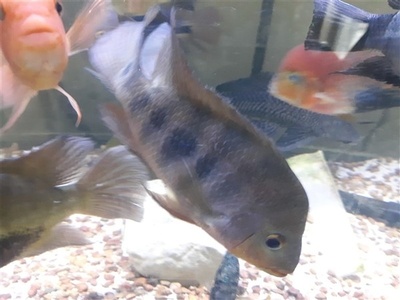
Chancho Cichlid
A deep-bodied cichlid from Laguna de Apoyo, nicknamed “pig cichlid” for its robust build. It has adapted to eat hard-shelled snails, crushing them with powerful jaws. This specialized diet makes it unique among the lake’s endemic fish.

Xiloá Cichlid
One of several cichlid species that evolved exclusively within the crater lake of Xiloá. It features a yellowish body and is known for its parental care. Like its crater lake cousins, it is critically endangered due to its limited habitat.
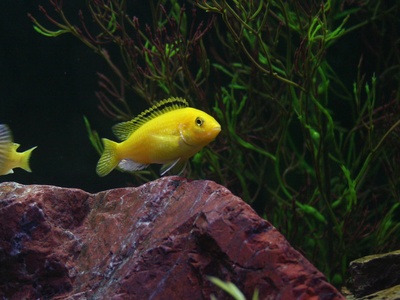
Yellow Cichlid
A brightly colored cichlid named for its yellowish hue, endemic to crater lake Xiloá. It is one of the lake’s smaller cichlid species and showcases the incredible evolutionary diversity found within Nicaragua’s isolated volcanic lake ecosystems.

Masaya Cichlid
The sole cichlid species endemic to the polluted crater lake of Masaya. Its ability to survive in challenging water conditions is remarkable. This hardy fish is critically endangered due to severe water contamination and invasive species.
